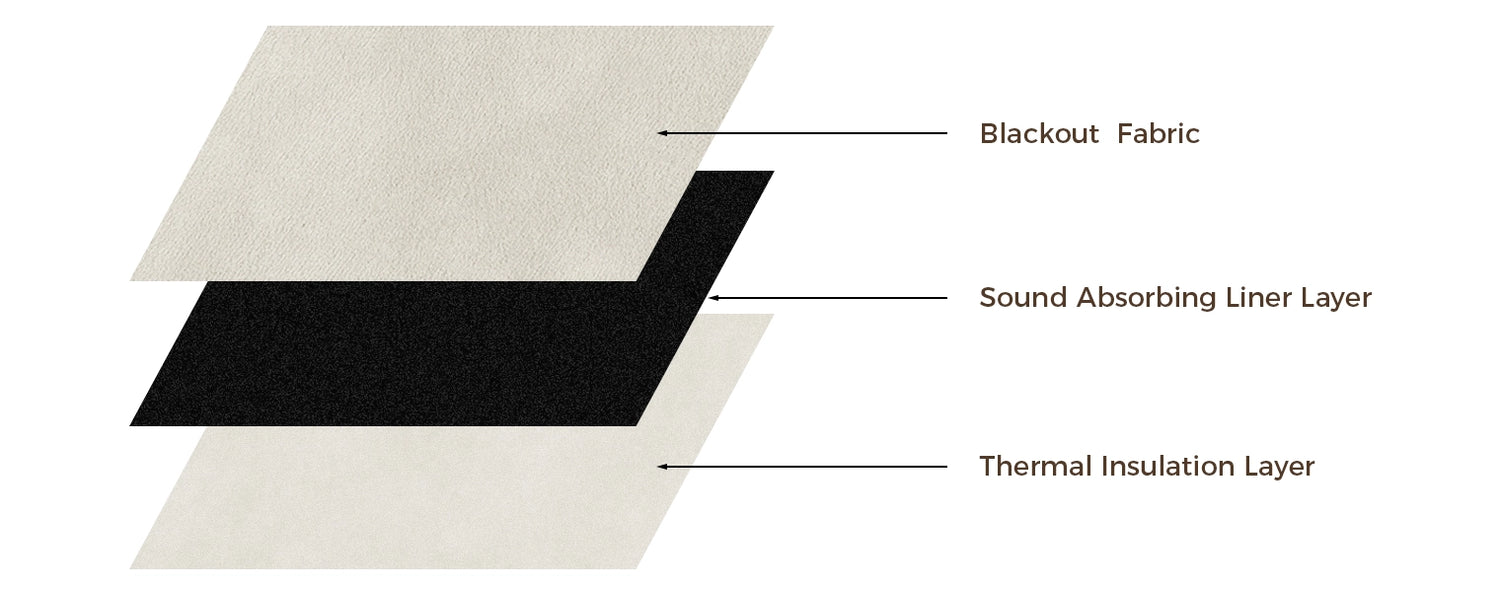

Mon. to Sat. 6am. - 5pm. PST
Sun. 9am. - 3pm. PST
Ships Free Today - All Drapery
You may also like
A soundproof curtain is a heavy, dense curtain designed to block or reduce sound transmission from one area to another. It typically features multiple layers of thick fabric, sometimes with added materials like foam or fiberglass, to absorb and dampen sound waves. These curtains are commonly used in recording studios, theaters, apartments, and homes to minimize external noise or to create a quieter environment within a space.
Custom soundproof curtains can be used in any room where noise reduction or sound isolation is desired.
To minimize sound leakage and create a more immersive viewing experience, noise-canceling curtains are a great choice.
To create a quieter environment for sleep and playtime.
To reduce noise from outside traffic, neighbors, or other sources, promoting better sleep, choose blackout soundproof curtains.
To create a quieter workspace by blocking out distracting noises from adjacent areas, soundproof curtains for studio cannot be missed.
Layer with Sheer Curtains:
To maintain privacy while still allowing natural light to filter through, consider layering your soundproof curtains with white sheer curtains. This adds depth to the window treatment and softens the overall appearance.
Use Decorative Hardware:
Choose decorative curtain rods, finials, or tiebacks that complement the style of the curtains and enhance the overall aesthetic of the room.
Accessorize with Valances or Cornices:
Add visual interest to the top of the curtains by incorporating valances or cornices. These decorative elements can help conceal the curtain hardware and provide a polished finishing touch to the window treatment.
Thicker curtains tend to provide better sound insulation. Look for sound-deadening drapes and curtains with multiple layers or consider adding a liner.
Consider the curtain's appearance and how it complements your room decor while still meeting your soundproofing needs.
Ensure the curtains are long and wide enough to cover the entire window or doorway to prevent sound leakage.
